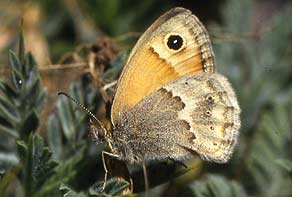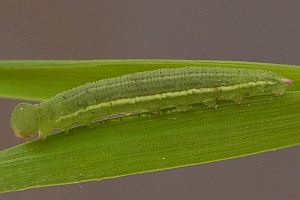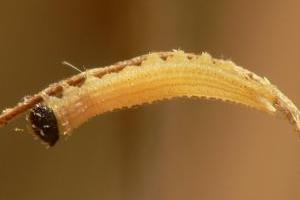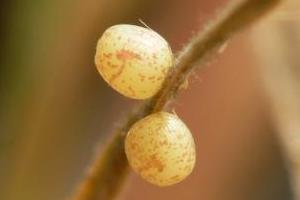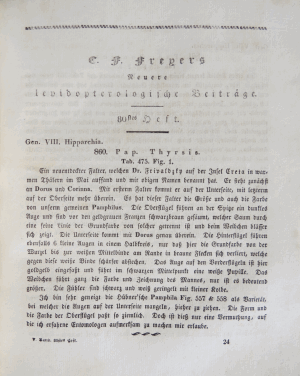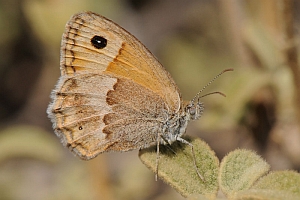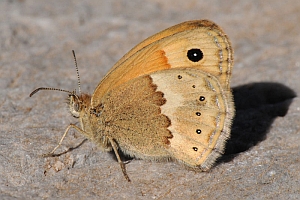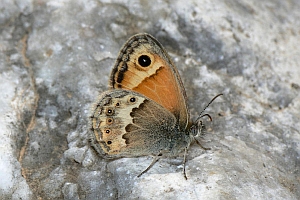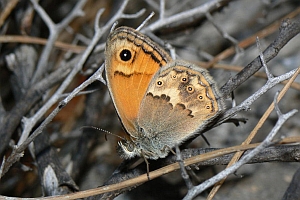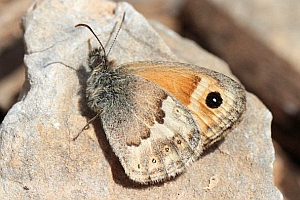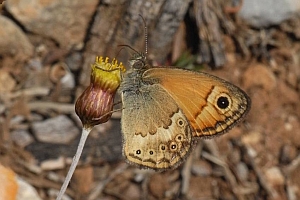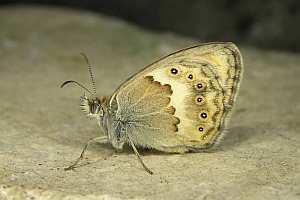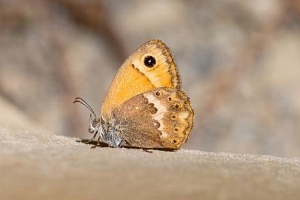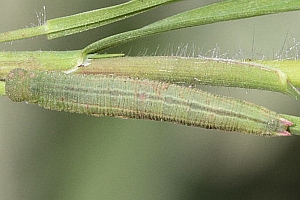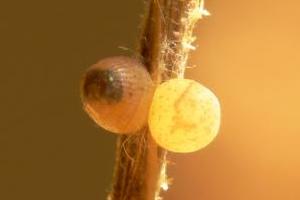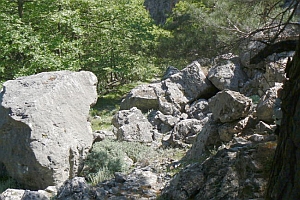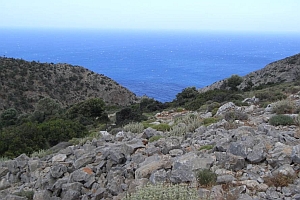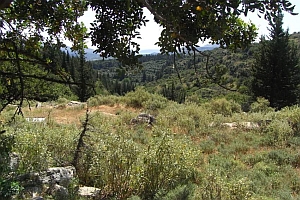Länder:

 +1Kontinente:EU
+1Kontinente:EU


 +1Kontinente:EU
+1Kontinente:EUNeues Layout der Navigation (Beta Test)
LebendfotosDiagnoseBiologieWeitere InformationenEtymologie (Namenserklärung)Andere KombinationenFaunistikPublikationsjahr der ErstbeschreibungLiteratur
1. Lebendfotos
1.1. Falter
1: Griechenland, Kreta, Ida, 1300 m, Mitte Juni 1987 (Foto: Armin Hemmersbach), det. Armin HemmersbachForum
2: Griechenland, Kreta, Iraklio, Südhang Ida-Gebirge, 2 km NW Gergeri, 35.141131,24.934949, 900 m, halbwüstenähnlicher mediterraner Trockenhang mit Thymian, Salbei und Dornpolstersträuchern, 8. Juli 2010 (Freilandaufnahme: Christian Papé), det. Christian PapéForum
3: Griechenland, Kreta, Rhethymno, Ida-Gebirge, Talmulde nördlich Agathias-Gipfel, 35.236828,24.795599, 1960 m, aride, offene ostmediterrane Dornpolster-Felsheide, 9. Juli 2010 (Freilandaufnahme Christian Papé), det. Christian Papé
4-5: Griechenland, Kreta, Agia Irinis-Schlucht, 600 m, 14. Mai 2011 (Freilandfotos und det.: Hildegard Stalder)Forum
6: Griechenland, Kreta, Hora Skafion, 200 m, 10. April 2012 (Freilandfoto: Heiner Ziegler)Forum
7-8: ♂, Griechenland, Kreta, nordöstlich Chania, Akrotiri, 210 m, 23. Mai 2012 (leg., det. & fot.: Egbert Friedrich)Forum
9-10: ♂, Griechenland, Kreta, südwestlich Vrysses, nordwestlich Vafes, 250 m, 20. Mai 2012 (leg., det. & fot.: Egbert Friedrich)Forum
11: Griechenland, Kreta, Plakias, Felsenbiotop, Mitte April 2010 (fot.: Hans-Werner Graf), det. Thomas KisslingForum
12: Griechenland, Kreta, Koutsouras, Bergregion, Schlucht, ca. 500 m, 7. August 2019 (fot.: Marco Pusch), det. Jürgen QuackForum
1.2. Ausgewachsene Raupe
1.3. Jüngere Raupenstadien
1: L1: Griechenland, Kreta, vic. Plakia, 20 m, 1.-8. Juni 2015 (Zuchtfoto vom 12. Juni 2015: Mario Peluso), det. Mario PelusoForum
1.4. Ei
2. Diagnose
2.1. Erstbeschreibung
1-3: Freyer (1845: 157, pl. 475 fig. 1) [Reproduktionen: Jürgen Rodeland nach Band in der Bibliothek des Staatlichen Museums für Naturkunde Karlsruhe]
3. Biologie
3.1. Habitat
1: Griechenland, Kreta, Iraklio, Südhang Ida-Gebirge, 2 km NW Gergeri, 35.141131,24.934949, 900 m, halbwüstenähnlicher mediterraner Trockenhang mit Thymian, Salbei und Dornpolstersträuchern, 8. Juli 2010 (Foto: Christian Papé)Forum
2: Griechenland, Kreta, Agia Irinis-Schlucht, 600 m, 14. Mai 2011 (fot.: Hildegard Stalder)Forum
3: Griechenland, Kreta, nordöstlich Chania, Akrotiri, 210 m, 23. Mai 2012 (fot.: Egbert Friedrich)Forum
4: Griechenland, Kreta, südwestlich Vrysses, nordwestlich Vafes, 250 m, 20. Mai 2012 (fot.: Egbert Friedrich)Forum
4. Weitere Informationen
4.1. Etymologie (Namenserklärung)
„θύρσος der Bacchusstab ?“
4.2. Andere Kombinationen
- Hipparchia thyrsis Freyer, 1845 [Originalkombination gemäß Opinion 134 ICZN]
- Chortobius thyrsis (Freyer, 1845) [so bei Korb & Bolshakov (2011)]
4.3. Faunistik
Endemit von Kreta. Ersetzt dort Coenonympha pamphilus.
4.4. Publikationsjahr der Erstbeschreibung
Wir folgen den Ausführungen von Olivier (2000).
4.5. Literatur
- Erstbeschreibung: Freyer, C. F. (1842-1845): Neuere Beiträge zur Schmetterlingskunde mit Abbildungen nach der Natur 5: 1-166, pl. 385-480. Augsburg (beim Verfasser).
- Hemming, F. (ed.) (1939): Opinion 134. On the method to be adopted in interpreting the Generic Names assigned by Freyer to species described in his Neuere Beiträge zur Schmetterlingskunde, 1833–1858. — Opinions and Declarations rendered by the International Commission on Zoological Nomenclature 2, Section A: 1-6. London.
- Корб, С.К. & Л.В. Большаков (2011): К познанию систематики палеарктических сатирид рода Coenonympha Hübner, [1819] (Lepidoptera: Satyridae). — Эверсманния. Энтомологические исследования в России и соседних регионах, 27-28: 1-21. [Korb, S.K. & L.V. Bolshakov (2011): To the knowledge of systematic of рalaearctic satyrids from the genus Coenonympha Hübner, [1819] (Lepidoptera: Satyridae). — Eversmannia, 27-28: 1-21.] [zum PDF-Download auf researchgate.net]
- Olivier, A. (2000): Christian Friedrich Freyer's „Neuere Beiträge zur Schmetterlingskunde mit Abbildungen nach der Natur“: an analysis, with new data on its publication dates (Insecta, Lepidoptera). — Beiträge zur Entomologie 50 (2): 407-486. Berlin (Wiley-VCH) [PDF auf zobodat.at].


